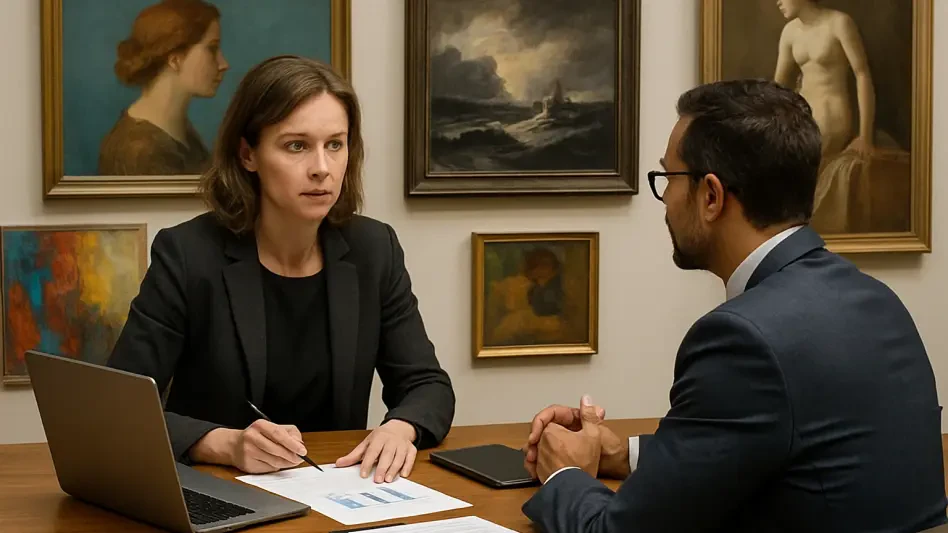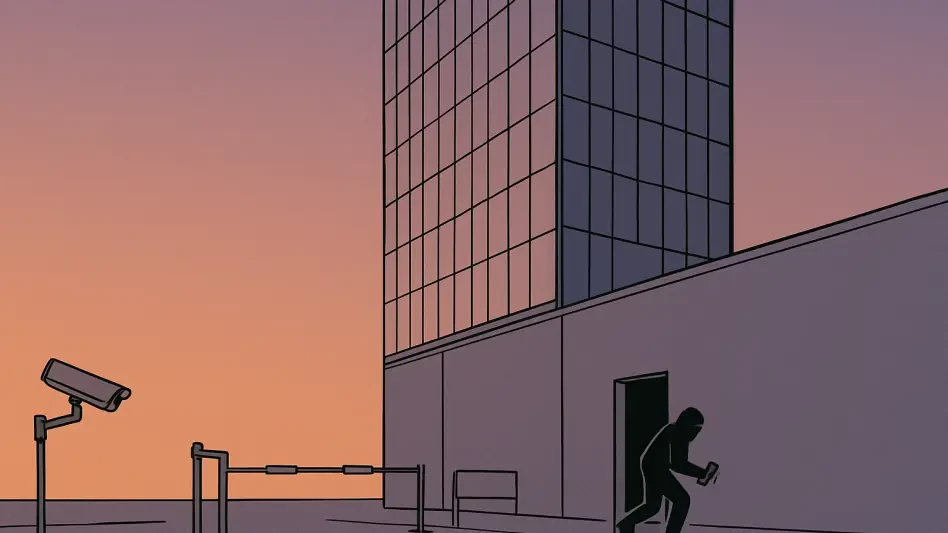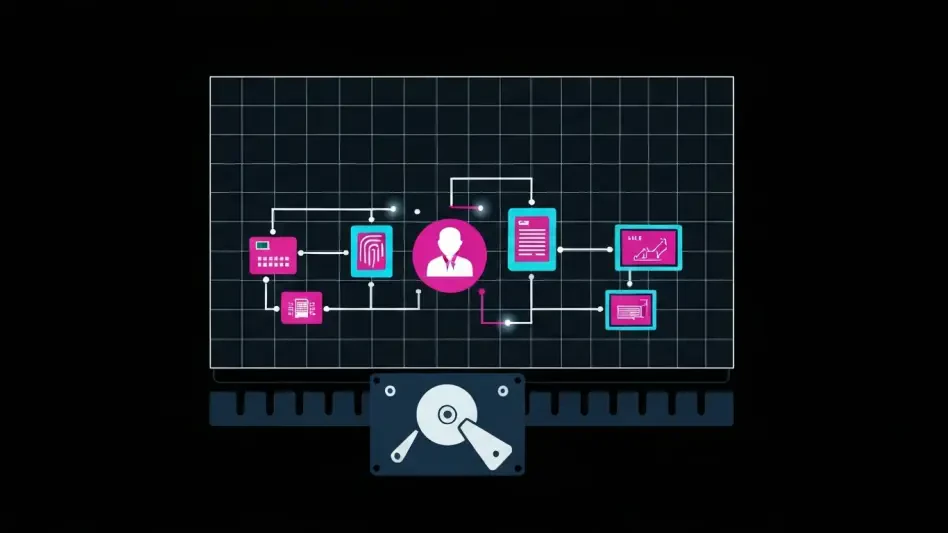The art industry, long a bastion of high-value transactions grounded in personal trust and informal agreements, finds itself at a critical juncture as vulnerabilities once overlooked now threaten its very foundation, demanding a shift toward professional risk management. For centuries, deals were sealed with a handshake rather than a contract, but this casual approach is proving unsustainable in the face of escalating fraud, stringent regulatory oversight, and sophisticated cyber threats. The emergence of specialized risk advisories, such as The ArtRisk Group based in New York, signals a transformative shift for a sector grappling with modern challenges. Founded by experts with deep roots in law enforcement, legal compliance, and art market research, these firms are becoming indispensable allies for galleries, dealers, and collectors. Their mission is to navigate a complex landscape of risks, offering tailored solutions that range from fraud investigations to cybersecurity enhancements. This surge in demand for professional risk management reflects an industry awakening to the need for protection in an era where trust alone no longer suffices.
The Changing Landscape of the Art Market
Evolving Risks and the Need for Protection
The art market is experiencing a profound evolution, where the once-cherished reliance on personal relationships and informal dealings is being eroded by a wave of contemporary threats. High-profile consignment fraud cases have exposed the fragility of trust-based transactions, with trusted dealers sometimes misappropriating funds or artworks, leaving clients with devastating losses. The absence of formal agreements or title registration often means victims have little legal recourse, amplifying the damage. Beyond financial scams, the rise of cyber risks adds a digital dimension to the industry’s woes. Many small galleries and dealers, operating with limited resources, fall prey to breaches that stem from simple oversights rather than complex attacks, yet the consequences can shatter reputations and drain finances. This convergence of traditional and modern dangers has created an urgent need for protective measures, driving the rapid growth of risk advisories as essential guardians of assets and trust in a sector under siege.
Another facet of this changing landscape is the sheer scale of financial stakes involved, which magnifies the impact of any misstep. Art transactions often involve millions of dollars, making them attractive targets for fraudsters who exploit the industry’s historical lack of oversight. Cases of deception, where artworks are sold under false pretenses or provenance is fabricated, are not new but have become more frequent and sophisticated. Risk advisories step into this breach, offering expertise that helps identify red flags before deals are finalized. Their role extends beyond mere reaction to prevention, educating market participants on the importance of due diligence and structured processes. As the art world becomes more interconnected globally, the potential for cross-border scams also rises, further necessitating specialized guidance. The demand for such services is a clear indicator that the industry can no longer afford to operate on outdated norms, pushing risk advisories to the forefront of safeguarding its future.
Regulatory and Ethical Challenges
Navigating the tightening web of regulations presents a formidable challenge for art market participants, many of whom are unprepared for the compliance burdens now being imposed. Proposed legislation in the United States, aimed at curbing money laundering through art transactions, mirrors stricter standards already in place in regions like the EU and UK. These laws demand rigorous due diligence and transparency, tasks that can overwhelm smaller galleries or individual dealers lacking the infrastructure for such oversight. Failure to comply risks not only legal penalties but also reputational harm, as the public increasingly scrutinizes the origins of high-value artworks. Risk advisories have become vital partners in this arena, providing the expertise needed to align with evolving legal frameworks. Their guidance ensures that businesses can adapt without sacrificing operational efficiency, turning a potential liability into a manageable aspect of daily operations.
Equally pressing are the ethical dilemmas tied to the trade in looted antiquities and cultural property, often originating from conflict zones such as Syria or Ukraine. These items may surface in markets years after their illicit removal, frequently through unregulated online platforms that evade traditional scrutiny. The legal risks of handling such goods are compounded by moral concerns, as unwitting buyers or sellers may inadvertently support cycles of exploitation tied to global unrest. Risk advisories play a crucial role in raising awareness and conducting thorough provenance research to prevent complicity in this shadowy trade. By helping clients trace the history of artifacts and identify potential red flags, these firms address a gap that law enforcement often struggles to fill due to resource constraints. This dual focus on regulatory compliance and ethical responsibility underscores the indispensable value of risk advisories in fostering a more accountable art market, where integrity is as critical as profitability.
The Role of Risk Advisories
A Holistic Approach to Risk Management
Risk advisories like The ArtRisk Group are redefining how the art industry confronts its myriad challenges by offering a comprehensive suite of services tailored to a sector in flux. Their approach integrates fraud prevention, cybersecurity enhancements, and regulatory guidance into a cohesive strategy that addresses both immediate threats and long-term vulnerabilities. For instance, in tackling consignment fraud—a persistent issue where dealers exploit trust to misappropriate assets—these firms conduct meticulous investigations to recover losses and deter future scams. Simultaneously, they provide actionable advice on structuring transactions with formal contracts and traceable methods, such as using certified mail services, to create evidence that strengthens legal recourse. This multifaceted support ensures that prevention and response are not isolated efforts but part of a broader shield against the risks that plague the art world, positioning advisories as indispensable partners in an industry striving for stability.
Beyond traditional fraud, the digital realm presents unique hurdles that risk advisories are uniquely equipped to handle. Cybersecurity has emerged as a critical focus, especially for smaller players who often lack the budget for robust IT defenses. Many cyber incidents in the art sector arise from basic lapses, such as weak passwords or outdated software, rather than sophisticated hacking attempts, yet the fallout can be catastrophic in terms of financial loss and damaged trust. Advisories offer affordable, expert-driven solutions to bolster digital security, from implementing basic protocols to training staff on recognizing phishing attempts. Their ability to translate complex technical needs into practical steps makes them a lifeline for galleries and dealers navigating an increasingly online marketplace. This proactive stance on cyber risks complements their broader mission of risk management, ensuring that clients are protected across both physical and virtual domains and reinforcing the critical role of these firms in modernizing the industry’s defenses.
Bridging Gaps with Law Enforcement
One of the standout contributions of risk advisories lies in their ability to facilitate collaboration between the private art market and public law enforcement agencies, often strained by limited resources. With founders and staff frequently drawn from backgrounds in the FBI, NYPD, or federal prosecution, firms like ArtRisk bring insider knowledge of how criminal investigations unfold. They advise clients on practical steps, such as using traceable delivery methods for transactions, to create a clear paper trail that makes cases more appealing for overburdened agencies to pursue. This strategic structuring can transform a seemingly minor fraud into a prosecutable offense under mail or wire fraud statutes, increasing the likelihood of official intervention. By acting as intermediaries, risk advisories not only empower clients to protect themselves but also enhance the effectiveness of public efforts to combat art-related crime, addressing a critical gap in enforcement capacity.
Furthermore, the historical perspective and specialized expertise of risk advisories add depth to their collaboration with law enforcement, drawing on past cases to inform current strategies. Their understanding of recurring fraud patterns, such as schemes involving forged artworks or fabricated provenance, allows them to anticipate tactics used by bad actors and prepare clients accordingly. This foresight is invaluable in an industry where privacy and discretion often shield illicit activities from detection. Additionally, advisories provide training and resources to help market participants recognize warning signs and report suspicious behavior effectively, fostering a culture of vigilance. By aligning private sector needs with public agency goals, these firms create a synergy that benefits both sides, ensuring that crimes are not only addressed after the fact but are deterred through proactive measures. Looking back, their efforts over recent years have laid a foundation for a safer art market, with actionable steps taken to strengthen ties between all stakeholders, paving the way for future advancements in security and accountability.








